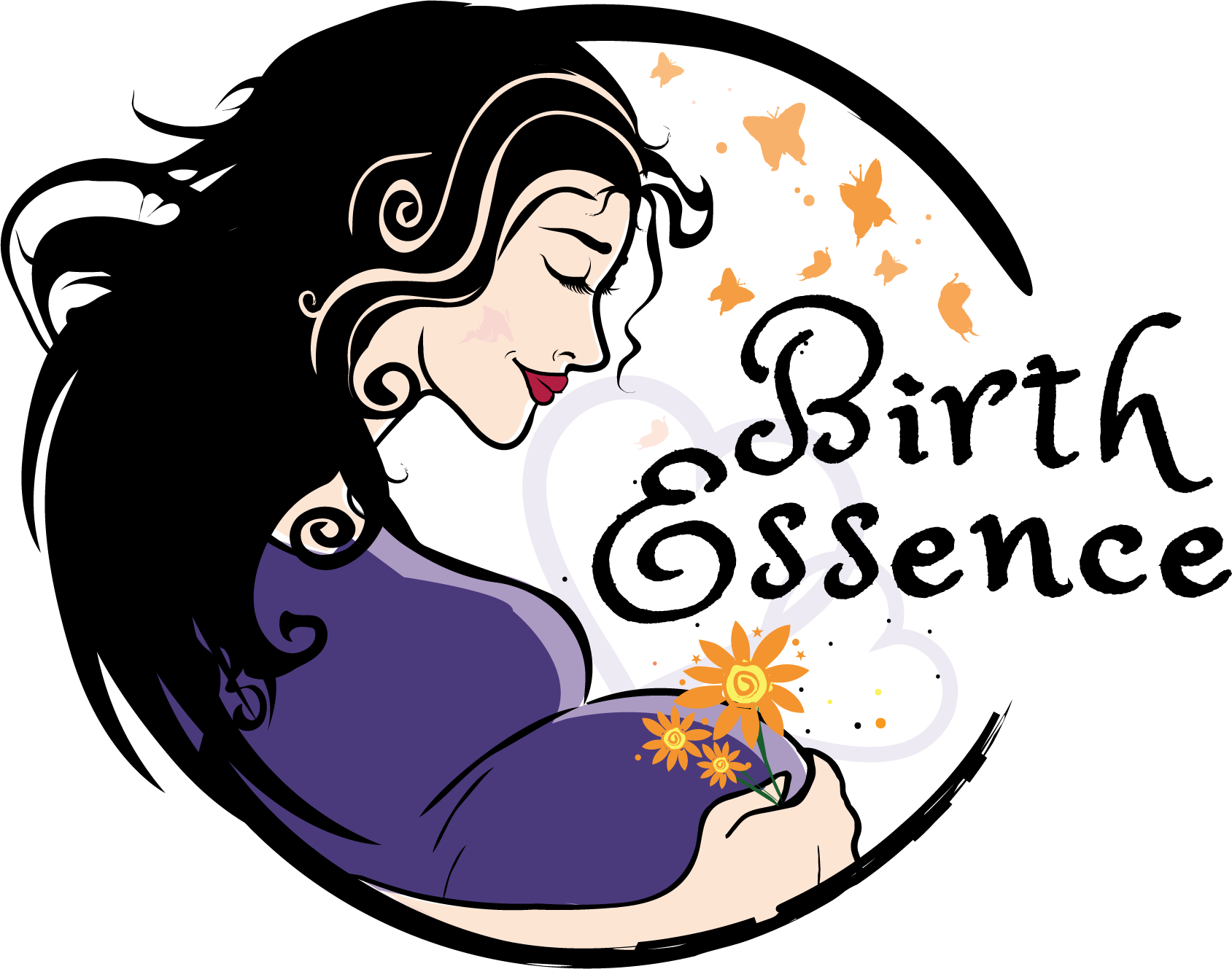Natalie Meddings – Birth Confidence Summit
Natalie's Books and links to studies quoted in the video.
Birth Place Cohort Study :The Birthplace national prospective cohort study: perinatal and maternal outcomes by planned place of birth Birthplace in England research programme.
Perinatal or neonatal mortality among women who intend at the onset of labour to give birth at home compared to women of low obstetrical risk who intend to give birth in hospital- A systematic review and meta-analysis - Hutton Et Al
Natalie's Bio

Natalie Meddings is a doula, active birth teacher, mother of three and founder of the mother-matching support site, tellmeagoodbirthstory.com. The site moves around by word of mouth and for eight years now, has kept travelling, from mother to mother to mother - proof of the simple power positive birth stories hold. Ground-up is how Natalie believes women's confidence in birth can grow, from powerful stories, ordinary support - one to one exchanges where one woman simply passes on the things she's learned about childbirth to the next.
Her book How to Have a Baby follows the same path, a practical, hands-on guide to what a woman needs and how she can get that met. Her second book. Why Home Birth Matters is a clear, fact-based conversation on how at a time where birth without intervention is at an all time low, home setting and support can provide women with the best of all possible worlds.
Time Stamps
Currently 2% of women choose home birth. This means 98% say I feel confident about having a baby in hospital ; why when it gives you the worst odds of a normal birth of anywhere? From a consumer perspective women are opting for the hardest place to give birth. The hospital added a level of unpredictability and variables that were not seen when birth was predominantly at home earlier in the century.
7.04 The idea of opting in for medical assistance rather than opting in for home care. In birth women are opting for the strongest' insurance policy' ie the hospital they can find which by default gives them the least chance of the ordinary birth they want.
10.00 They myth that medical staff are insisting on the interventions. The reality is that you run out of road in hospital where you are on the clock and observed which interrupts your natural biology and flow.
14.27 It is cultural confronting idea to the system and strange to us in the public tto not choose to be tracked for example with scans and Vaginal examinations. Once we understand that we can feel progress the brain clicks into place.
16.06 We recognise we can tune into how our child is once they are born but this is already the case in pregnancy. In the hospital a sense of self management and what do I need to do is created and this is a mental process that is impeding the flow of knowing what it feels to follow her bodies cues.
19.15 At home we do not have to manage ourselves and be vigilant and we know the rules and have the power.
The myth that the first time mother doesn't know what to do. Her body does know this is biology and it is primal.
26.00 There is a place for more support for first time mothers. Remember the birth place study confirms that it is very safe for a baby in any setting and Hutton et Al study in August 2019 confirms
29.50 If home gives the best of all possible worlds why do we still go to the hospital- peoples misconceptions fear of media and talk of risk. Looking at making decisions based on prejudice and not evidence.
31.59 Debunking myths of mess, noise and frightening the children if we birth at home. And a look at the fears of danger for the baby such as not breathing when the baby is born and what will really happen. Also what happens if you bleed at home.
39.54 In 1953 most women gave birth at home and 90% of women had no interventions so clearly the question to be asked in the case of intervention is- Would this have happened at home? but no-one is asking it this way round.
41.03 Natalie takes us through a detailed example of a woman who has a home birth that ends in a transfer to demonstrate how birth unfolds and we follow the cues of the body with timely transfer arranged/
50.40 Understanding the biology to see why birth at home works- home ticks all the boxes to help keep you pelvis free and your body and ligaments pliant. How the hormones flow and at 100% in the right setting and this makes birth easier and swifter.
58.00 At home the baby is the torch bearer and we all follow its journey and they come. Everyone is listening to them and following their lead.
1.03 Birthcentres are partly the reason that an increase in home births has stalled. The question to ask of your birth centre is to ask the stats on who stays there to actually give birth. Does London skew the stats?
1.05 How apps are missing the point and can make birth longer as mother has to observe herself rather than going into her feelings. Women move from rest to rest at home and work with the good bits.
1.09 Michel Odent talks of how women in hospital are deprived of the transcendent state of birth. No one is doing this on purpose, but the hospital acts as gatekeeper on accessing deep alternative states of consciousness. It is a privilege and honour to witness life force and what it is capable of.
1.14 Home birth gives the best chance of having a mother and baby in good shape after the birth.
1.17 if you are listening to your body and choose hospital then this is what is right for you which is not the same as going in through fear and not instinct. Find your truth and stick to it.


